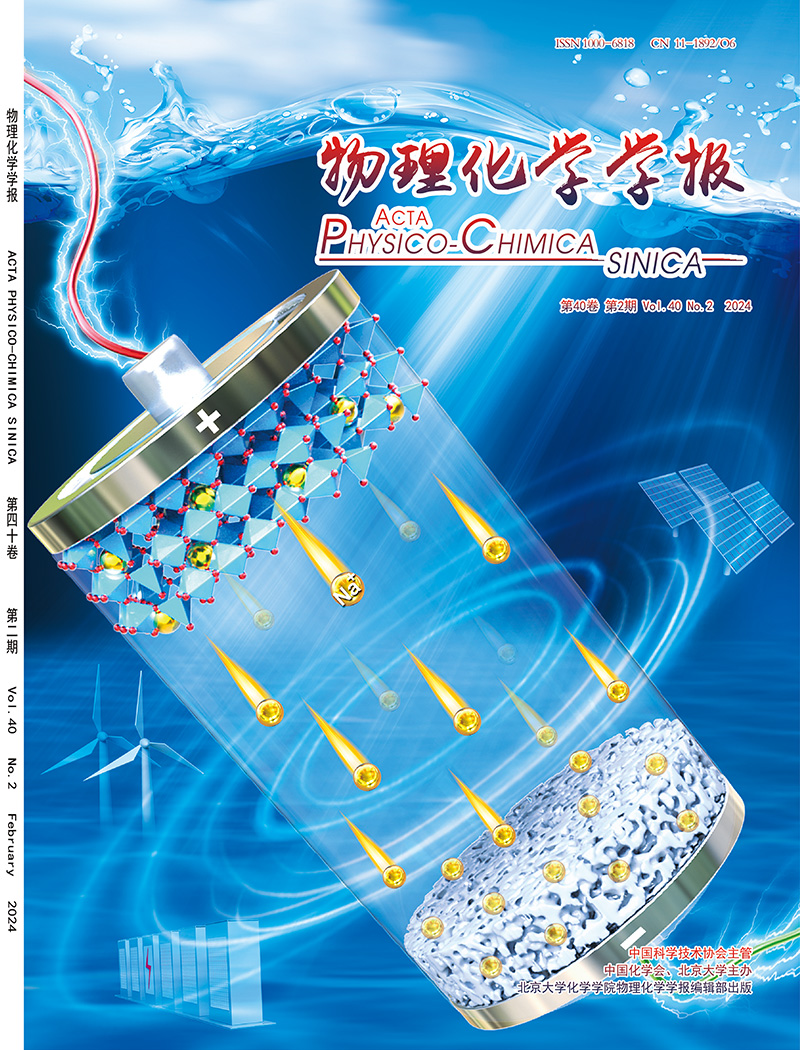Advances in coating strategies for graphite anodes in lithium-ion batteries
IF 13.5
2区 化学
Q1 CHEMISTRY, PHYSICAL
引用次数: 0
Abstract
As a critical component for achieving sustainable energy systems, secondary lithium-ion batteries (LIBs) have become the dominant electrochemical energy storage technology. Graphite has been widely employed as an anode material in rechargeable LIBs, where the formation of a solid electrolyte interphase (SEI) on graphite particles plays a pivotal role in realizing optimal Li+ ion storage performance. However, solvent co-intercalation with Li+ ions leads to volumetric expansion, unstable SEI formation, irreversible capacity loss, structural layer collapse, and even lithium dendrite formation. To overcome these challenges, surface coating modification has emerged as an effective strategy to enhance graphite anode performance. This review systematically summarizes recent progress in coating materials (including carbon materials, lithium-ion conductors, metal compounds, and polymers) fabricated through vapor-phase or liquid-phase deposition. Enormous research investigations demonstrate that rationally designed coating layers prevent direct electrolyte/graphite contact to inhibit solvent decomposition, regulate lithium-ion flux distribution to promote uniform deposition, and function as artificial SEI components to improve interphasial stability. This review provides both theoretical insights and practical considerations for future research and development of advanced graphite anode materials for lithium-ion batteries.

锂离子电池石墨阳极涂层策略研究进展
二次锂离子电池(LIBs)作为实现可持续能源系统的关键组成部分,已成为主导的电化学储能技术。石墨被广泛用作可充电锂电池的负极材料,石墨颗粒上固体电解质界面(SEI)的形成对实现最佳Li+离子存储性能起着关键作用。然而,溶剂与Li+离子共插会导致体积膨胀,不稳定的SEI形成,不可逆的容量损失,结构层坍塌,甚至锂枝晶的形成。为了克服这些挑战,表面涂层改性已成为提高石墨阳极性能的有效策略。本文系统地综述了气相沉积和液相沉积制备涂层材料(包括碳材料、锂离子导体、金属化合物和聚合物)的最新进展。大量研究表明,合理设计的涂层可以防止电解质/石墨直接接触,抑制溶剂分解,调节锂离子通量分布,促进均匀沉积,并作为人工SEI组分,提高相间稳定性。这一综述为未来锂离子电池石墨负极材料的研究和开发提供了理论见解和实践考虑。
本文章由计算机程序翻译,如有差异,请以英文原文为准。
求助全文
约1分钟内获得全文
求助全文

 求助内容:
求助内容: 应助结果提醒方式:
应助结果提醒方式:


